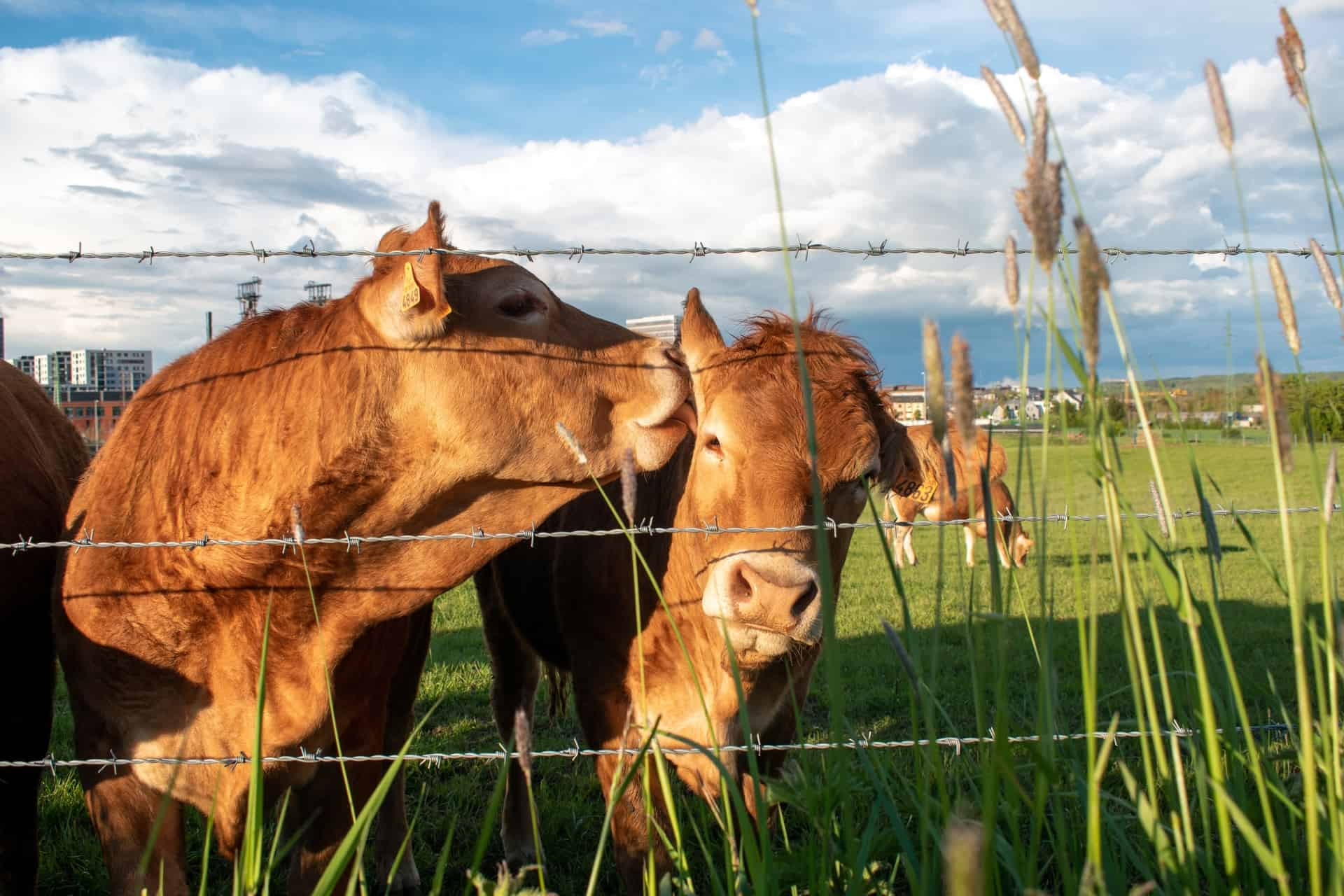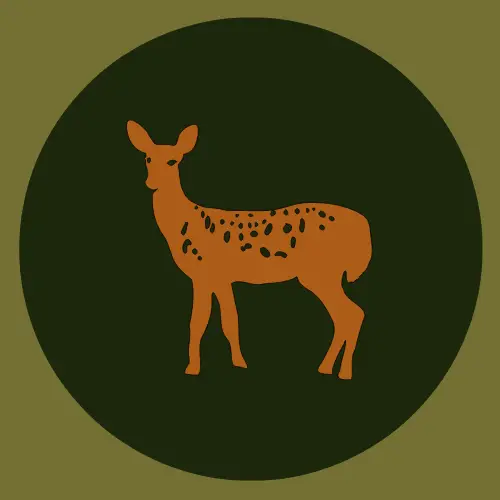Heifer Cow - The Ultimate Guide to Heifer

What is a Heifer Cow?
By definition, heifer is used for the young female bovine that has never been pregnant, milked, or yoked. It is typically used to refer to a calf between one and two years old. The female heifer calves become cows after giving birth to their first calf. They are also called immature female cattle or she calves. In Hindi, they are called kalor or maada bachhada and in Urdu, they are commonly called bachari and bachiya.
Profile
Zoological Name | Bos |
Family | Bovidae Family |
Areas | Everywhere in the world |
Category | Herbivore, Graminivore |
Length | Between 4 and 5 feet |
Age | 20 years or more |
Build | Well-built body, straight back, strong legs, and a deep chest |
Ability | Foraging, Social Interaction, growth, adaptation and mobility |
(Profile of Heifer)
How to Care for Heifers
Heifers are in every part of the world, and in domestic environments, they require proper nutrition, vaccinations, and regular veterinary care. It’s important that they have easy access to clean water to stay hydrated, sufficient pasture or feed, and comfortable shelter.
Can Heifers Produce Milk?
Heifers do not have the ability to produce milk until they breed between the ages of 12 and 14 months old and, after a gestation period of around 9 months, give birth to their first calf. Once they have calved, they can start producing milk.
Signs of Heat in the Heifer
The signs of heat (estrus) in a heifer are restlessness, an increase in vocalization, mounting other heifers, and a swollen or reddened vulva. Caretakers may easily observe changes in their behavior and appetite during this time. It is important to note that this knowledge is general and may vary depending on the breed and environment.
Economic Value
The economic value of heifers varies depending on several factors, such as breed, age, environment, health, and current market conditions. Heifers, the young female cattle that have not yet had their first calf, can be raised for beef production or breeding purposes. Heifers that are well-developed and have certain genetics have a higher economic value. It is advised to consult with local agricultural experts and market reports to get more accurate and up-to-date information about the specific economic value of heifers in a particular region.
Heifer vs. Cow vs. Calves
Cow | Heifer | Calves |
The term cow is a broad term that is generally used for all types of cattle in all circumstances and conditions by the general public. However, in the cattle world, each cow type has specific terminology. The term cow is used for a mature female cow that has given birth to at least one calf. They have broad hips, thicker middles, and an overall feminine look. According to the University of Arkansas., Division of Agriculture, “One can easily differentiate the cow from the bull as the cow’s body shape is slightly angular, the chest is quite broad, and the shoulders are lean.” | They look similar to cows, but the look is not mature compared to the cow. Characteristics considered mature in the cow are lacking in heifers such as broad hips, chest, and thick middles. According to the University of Nebraska Lincoln, “Heifers can be raised for beef or breeding purposes once they mature in 12 to 14 months.” | Baby cattle of both genders are called calves. When they are weaned, they are called weaners, and when they are a year or two old, they are called yearlings. |
(Difference between Cow, Heifer and Calf)
How to Tell a Heifer From a Bull?
There are ways to determine the gender of a newborn calf and then update the records in order to decide what to do next. The calf will be male (a bull calf) or female (a heifer calf), and the quickest way to determine gender is by looking between the legs. We can just quickly lift the calf’s tail and have a look at the genitalia. A heifer calf has a vulva, located closer to the tail, and there are no testicles attached to it. Whereas the bull calf has a penis and testicle sac near the tail.
How to Tell a Heifer From a Steer?
Steers are basically male bovines, and they are castrated (removal of the testicular sac to stop reproduction) before they reach the age of sexual maturity. You can easily determine by checking between both legs if the calf has a vulva and there is no penis attached to it, then it’s a heifer. If the calf has a penis but no vulva or testicular sac, then it’s a steer. Steers are castrated so that they cannot reproduce and are mostly used for meat purposes only.
How to Tell a Heifer From a Cow?
Both heifer and cow are female bovines, and the only differences are their maturity levels and offspring. We can easily tell a heifer from a cow by taking age and reproduction into consideration. Mostly, between the ages of one and two, female bovines are heifers, and after the age of two, they reproduce and become cows.

